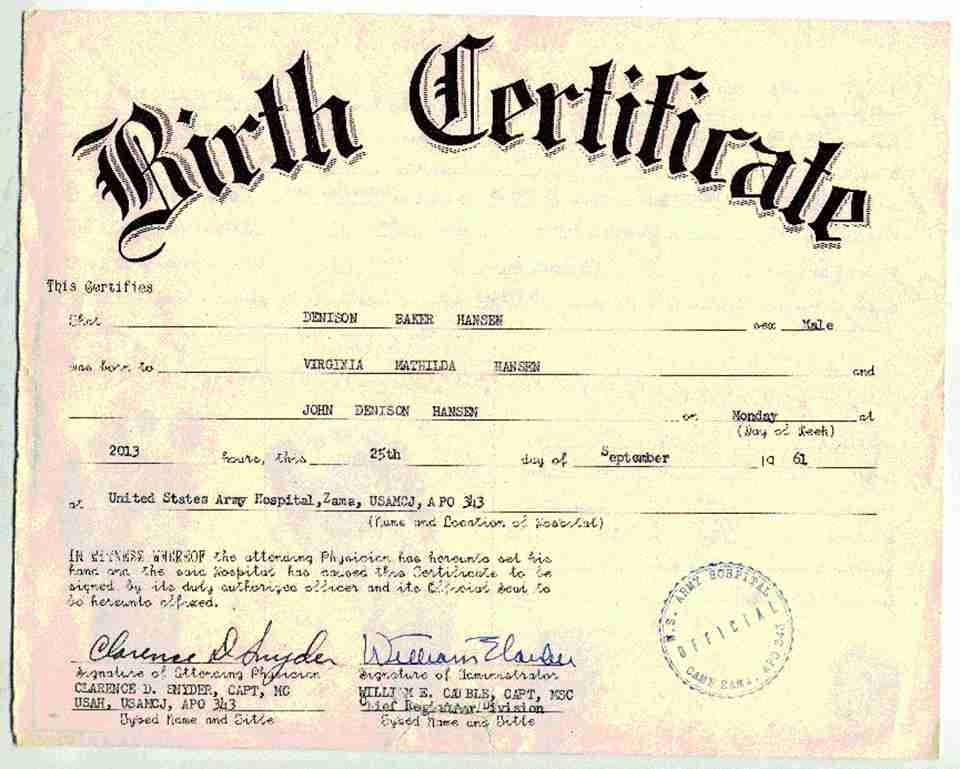Health data

Health data is any data related to an individual’s or a population’s health, their health conditions, causes of death, quality of life, etc.
This includes information created by healthcare professionals during their interactions with patients, as well as information generated by patients themselves, especially from continuous patient monitoring by mobile applications and smart devices.
These data, being personal and private, need to be kept safe and secure at all times.
Health data is the big data of the healthcare industry—large sets of patient and user data generated at an increasing speed and existing in different forms.
There is a lot of potential in these large data sets, as they provide insight into the lives of several patients in the management of their diseases.
The analysis of this big data is transforming the way healthcare providers manage their patients, among other things.
Characteristics of health data
- There are multiple sources of health data: organizational data from EMRs, radiology images, etc
- The data exist in different formats: text, numeric, paper, digital, pictures, videos, multimedia, etc.
- Health data is generated in large sums of structured and unstructured sets.
- Health data standards are volatile and continuously changing.
- Health data is complex, involving large sets of inconsistent variables; hence, it is difficult to combine and analyze.
- Stringent health data protection and privacy laws
- Rapidly changing data regulatory measures and requirements.
Sources of health data

1. Medical records
Health information technologies (HIT), including electronic health records (EHRs), help keep records of patient care in health facilities.
This information includes details of patient biodata, diagnoses, medical history, previous diagnoses, laboratory and test results, radiology images, procedures done, treatment plans, prescribed medications, immunization details, dates, etc.
2. Vital Records
They include birth records, death records, marital information, divorce records, fetal death records, etc.
3. Public Records
These are public databases of population health data, including the World Health Organization (WHO), Human Mortality Database, National Center for Health Statistics, etc.
4. Insurance claims
Essentially, any data regarding health insurance, including hospital bills, insurance information, etc.
5. Health surveys
Questionnaires and interviews are included here.
6. Other sources
These include research studies, clinical trials, real-time data from wearable medical devices, and machine-generated data.
Uses of health data

Patient benefits
- Patients can gain insight into how their health is evolving; they are more health-literate and empowered.
- Insight into their health data helps them to adapt their lifestyle and adopt healthy behaviors.
- Being involved in their care has a positive impact on their outcomes and quality of life.
- These patients are more knowledgeable and interact better with their healthcare professionals.
Health providers
- Health data helps design better care strategies.
- Identify disease risk factors and speed up diagnosis.
- Assist doctors in achieving a first-visit diagnosis of patient illnesses.
- Predict outcomes and increase the effectiveness of treatments.
- Provides avenues for personalized medication and treatment plans.
- Allocate and utilize healthcare resources more efficiently.
- Prevention of diseases by identifying means of transmission.
- Detecting medication errors and potential adverse reactions.
- Provides providers with avenues to participate in clinical research.
- Constitute facts for disease documentation.
- Aid the strategies employed in public health.
Data protection legislation in Nigeria
Starting with the National Health Act (NHA) of 2014, Nigerian law has introduced measures for health organizations to follow to manage and protect the health data of their users.
Nigeria, through the National Information Technology Development Agency (NITDA), introduced the Nigeria Data Protection Regulation (NDPR) in 2019, a law that guides how

Nigerian citizens’ data is being handled by organizations in Nigeria.
This law applies to all organizations that handle user data in Nigeria, including health facilities.
The sensitivity of health data requires it to be protected from hackers, safe from alterations, and made public to protect the identity of the patient.
These regulations put the control of user data in their own hands to decide how organizations make use of their data.
The Nigerian Data Protection Bureau (NDPB), established in 2022, is in charge of enforcing the NDPR.
Obisesan Damola
Damola is a medical doctor who has worked in the Nigerian healthcare industry for a little over 3 years in a number of primary, secondary, and tertiary hospitals. He is interested in and writes about how technology is helping to shape the healthcare industry. He graduated from the College of Medicine, University of Ibadan, the foremost medical training institution in Nigeria.



